Amazon’s CEO Andy Jassy announced that generative AI will lead to a major reduction in corporate workforce roles, urging employees to reskill as AI replaces routine tasks like forecasting, customer service, and coding. This marks a critical shift in tech industry job dynamics.
🔍 The Future Unfolds: Amazon’s AI Shift and Workforce Reality
In a landmark move that underscores the transformative power of artificial intelligence, Amazon’s CEO Andy Jassy has publicly confirmed what many in the tech world had already suspected: Generative AI is poised to drastically reshape Amazon’s corporate workforce in the coming years.
This announcement, delivered directly to Amazon employees in a memo, has triggered ripples not just within the company but across the global corporate ecosystem. The message was clear — generative AI is not just an enhancement; it's a revolution, and with revolution comes disruption.
🧨 \AI Will Replace Jobs\ — Amazon’s Brutal Truth
Jassy didn’t sugarcoat the reality. In his internal message, he stated that the rise of generative AI will “reduce our total corporate workforce” over time. While this doesn’t suggest mass layoffs tomorrow, it confirms that a gradual reduction of white-collar jobs is now baked into Amazon’s long-term strategy.
He acknowledged that AI will change how nearly every team works, automating routine tasks, streamlining operations, and making some roles redundant. This isn’t about factory robots — it’s about corporate desks going empty because AI agents can handle tasks faster, cheaper, and smarter.
💼 What Roles Are At Risk?
The positions most vulnerable to elimination are those involving repetitive, administrative, or moderately creative tasks. Jassy emphasized how AI tools are already being used to write code, manage ads, assist in customer service, summarize product reviews, and forecast inventory.
This means jobs in:
- Software engineering
- Data entry and analysis
- Marketing content creation
- Customer support
- Supply chain management
could be drastically reduced or reshaped.
🚀 1,000+ AI Agents Already in Action
Amazon isn’t just preparing for the future — it’s already knee-deep in it. Jassy revealed that over 1,000 generative AI agents are currently deployed or in development across the company.
These AI agents are designed to:
- Code software
- Answer customer inquiries
- Improve Alexa’s performance
- Optimize delivery logistics
- Enhance advertising performance
- Create and summarize product detail pages
This is AI working across every department, silently replacing traditional workflows and, by extension, human roles.
🏗️ $100 Billion Investment in AI Infrastructure
To power this transformation, Amazon is investing over $100 billion into building the infrastructure that will sustain AI’s expansion. This includes:
- High-performance data centers
- Advanced machine learning training hubs
- Strategic partnerships with AI startups like Anthropic
This is not a temporary experiment. Amazon is clearly betting its future on AI, and it wants employees to either adapt or step aside.
👀 What Andy Jassy Told Employees
In his memo, Jassy encouraged employees to:
- Get curious about AI
- Use AI in daily tasks
- Attend training workshops
- Become fluent in AI-related tools
His message wasn’t just informative — it was a call to action. Employees were warned that those who fail to adapt may find themselves obsolete, while those who embrace AI will thrive in Amazon’s next chapter.
His exact tone was sharp yet motivating. He acknowledged the uncertainty but insisted that the opportunities outweigh the threats — for those willing to evolve.
🌍 Global Trend, Not Just Amazon
Amazon’s move mirrors a growing trend across the corporate world. Other major companies are also downsizing white-collar roles as AI tools mature:
- Microsoft has integrated AI into coding and documentation workflows
- IBM replaced 200 HR roles with AI
- Meta, Google, Shopify, BT and others have either frozen hiring or reduced their workforce due to AI efficiency gains
According to the World Economic Forum, 41% of companies globally plan to reduce their workforce due to AI adoption over the next few years.
📉 Not a Layoff — A Silent Reduction
Importantly, Amazon isn’t calling this a “layoff.” The reduction will primarily happen through:
- Attrition (not replacing employees who leave)
- Reorganizing teams
- Shifting talent into AI-related roles
- Avoiding hiring for redundant functions
So rather than massive job cuts in one go, it’s more like a slow fade of traditional jobs, replaced by AI-powered efficiency.
🔮 Will AI Create New Jobs?
Yes — but fewer than it replaces. Amazon and experts agree that new roles will emerge, especially in:
- AI model training
- Data curation
- Ethical AI oversight
- Prompt engineering
- System monitoring
However, these jobs require technical skills and a deep understanding of AI, meaning many existing employees may not be qualified without retraining.
💡 What Can Employees Do Now?
Here’s how employees at Amazon — or any tech-forward company — can protect their future:
1. Learn AI now — Take courses, join internal AI communities, ask questions.
2. Start using AI daily — Find ways to use ChatGPT, Claude, or internal AI tools to boost productivity.
3. Volunteer for AI projects — Get on the radar of AI leaders within the company.
4. Reskill for tomorrow — Think beyond your current role and prepare for what’s coming.
5. Stay flexible — The most valuable employees in the next 5 years will be the ones who evolve quickly.
🧠 A Wake-Up Call for the Corporate World
Andy Jassy’s memo isn’t just a policy update — it’s a loud wake-up call to everyone working in corporate tech.
Amazon is not waiting for the AI revolution to unfold — it’s actively engineering it. And if you’re sitting in a desk job, writing reports, reviewing numbers, or sending emails — your tasks are likely already being studied by an AI team to see how they can automate it.
⚖️ The Inevitable Trade-Off
Jassy’s decision walks a fine line. On one side, it positions Amazon as an innovative, AI-driven leader. On the other, it raises questions about corporate responsibility, human value, and economic security in a world driven by code.
As AI becomes more advanced, the definition of “work” itself is changing. Tasks that used to require days of manual input now take seconds. Meetings, brainstorming sessions, and even planning cycles can be replaced by smart agents that learn and improve at exponential speed.
💬 Final Word
This announcement from Amazon’s CEO will be studied, debated, and referenced for years to come. It's a sign that we’ve passed the tipping point — AI is not on the way; it’s already at work.
Amazon, the second-largest employer in the U.S., is now telling the world: we need fewer corporate workers because AI is here to do the job better.
Whether you’re inside Amazon or outside watching the tech world evolve, this is your moment to decide:
Will you evolve with AI — or be replaced by it?

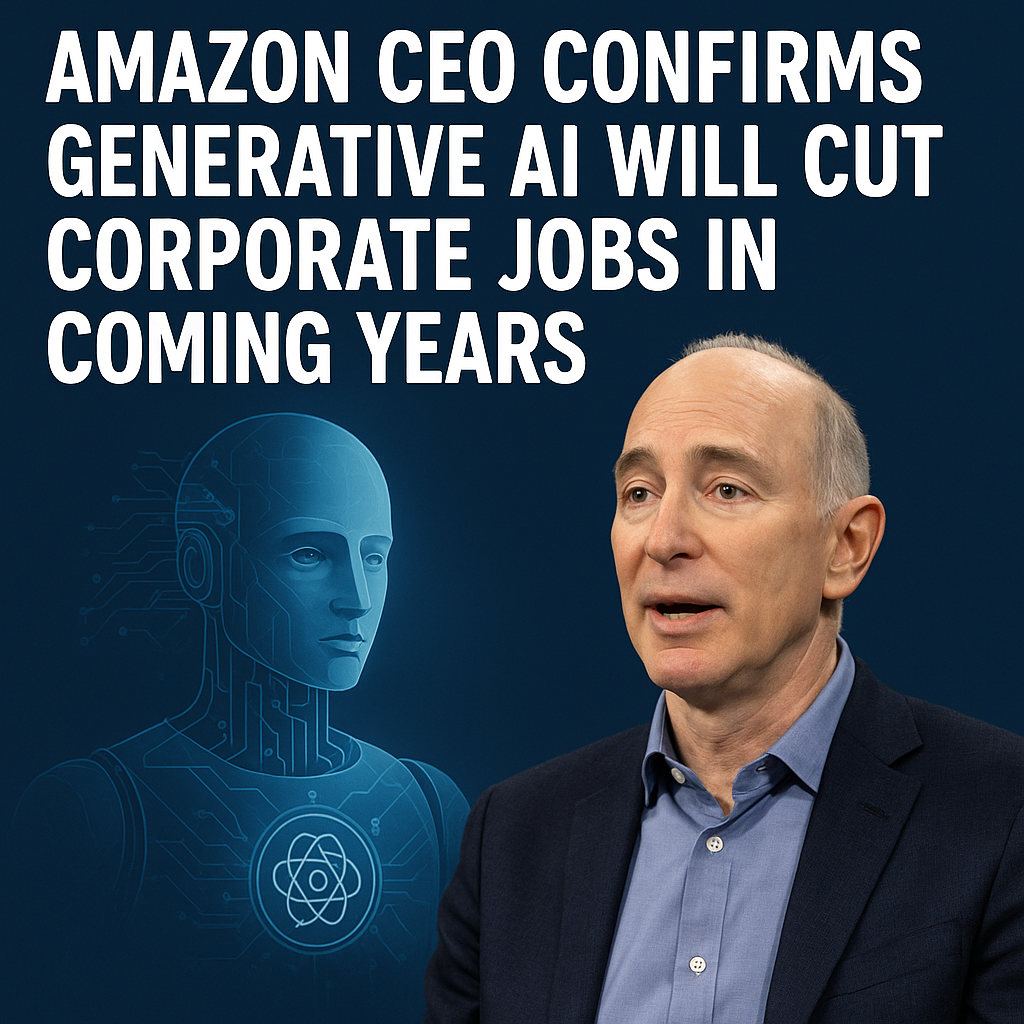


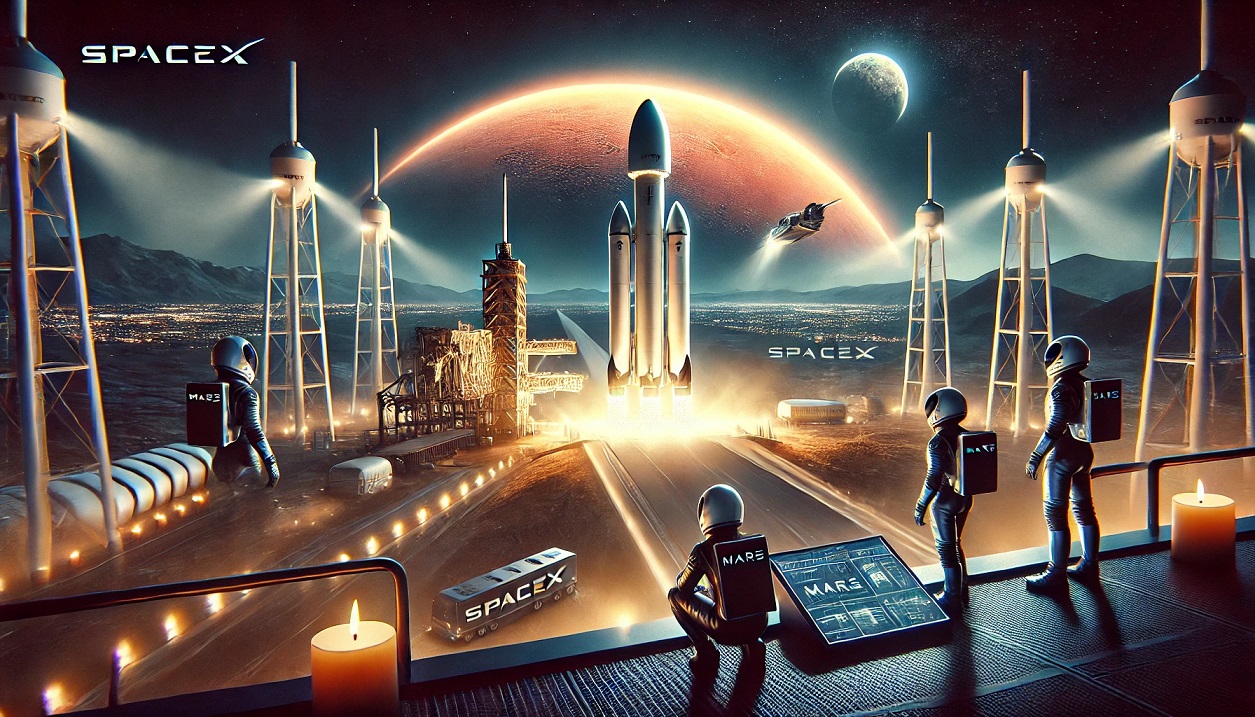
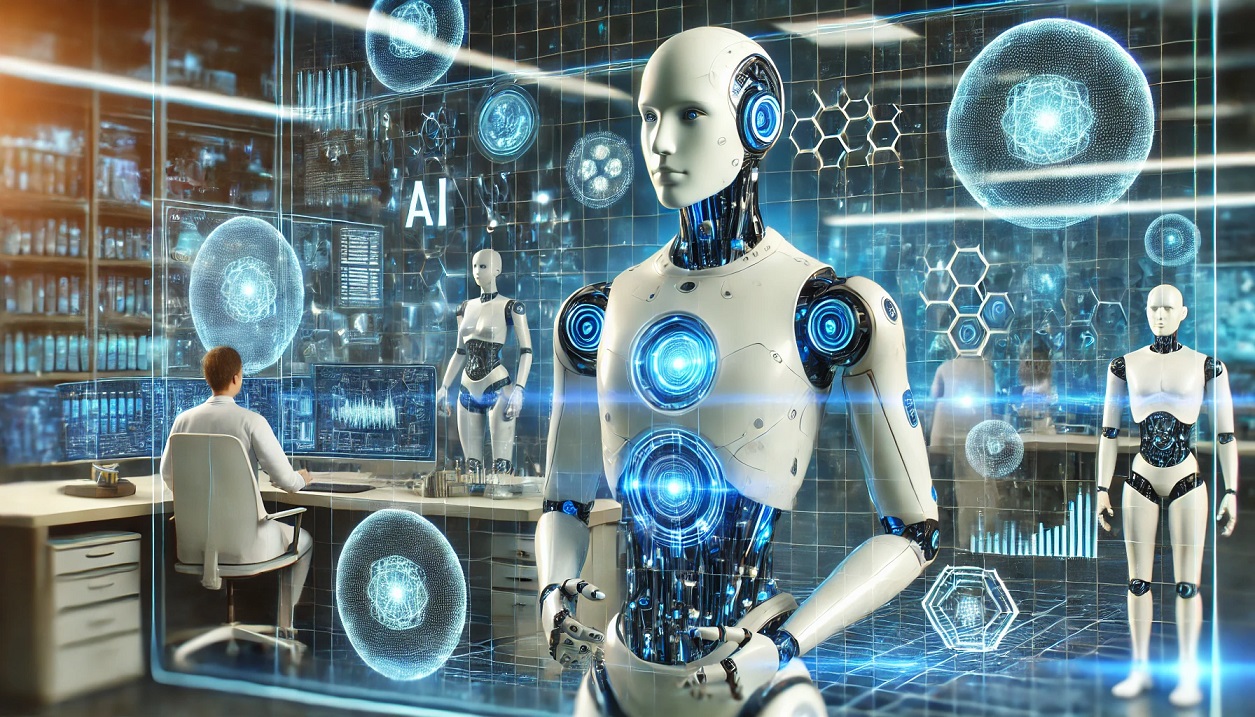
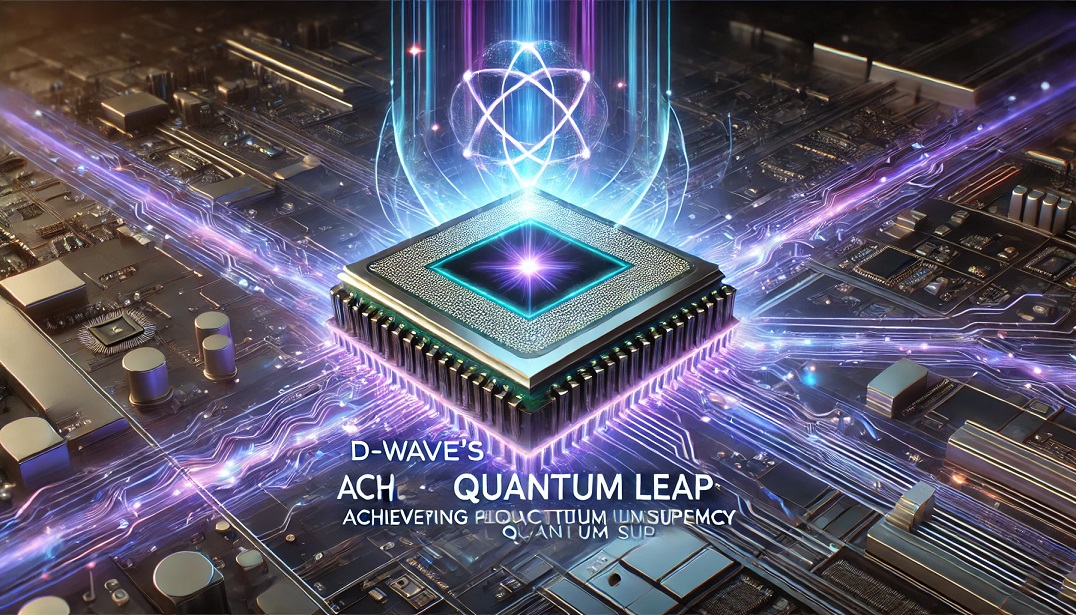

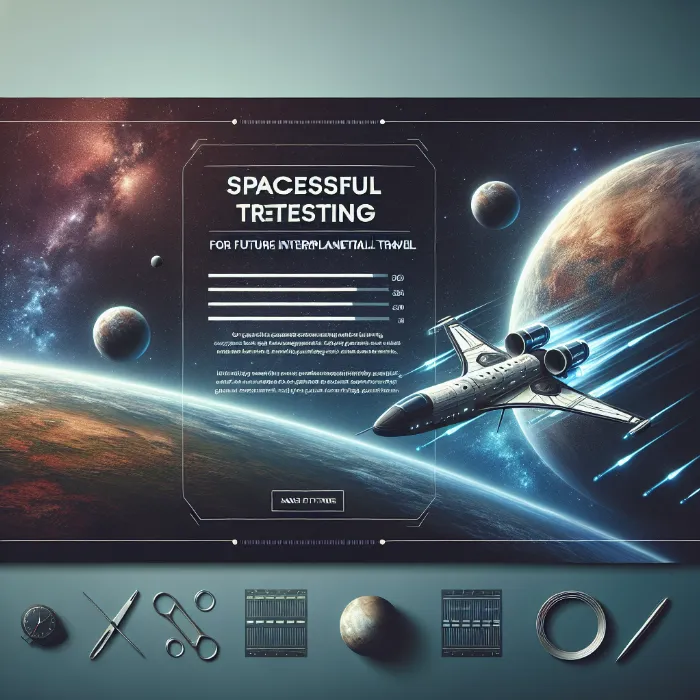
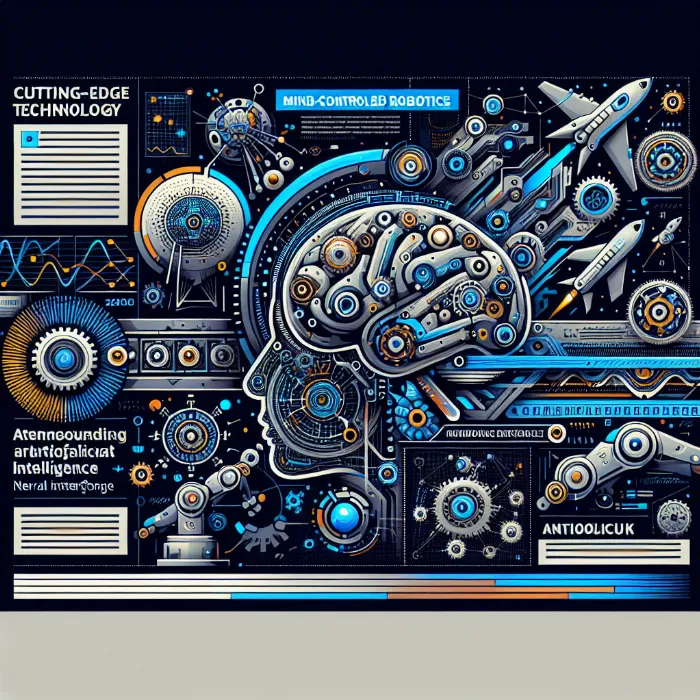

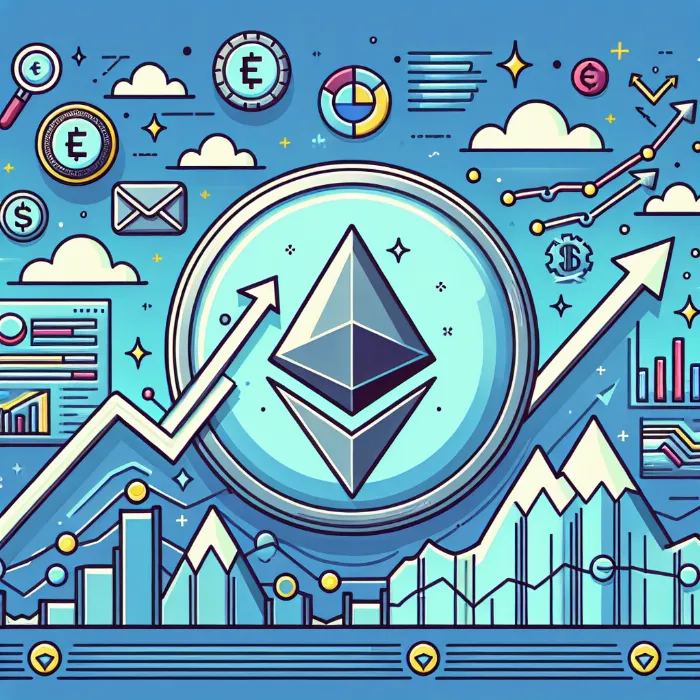




Comments 0